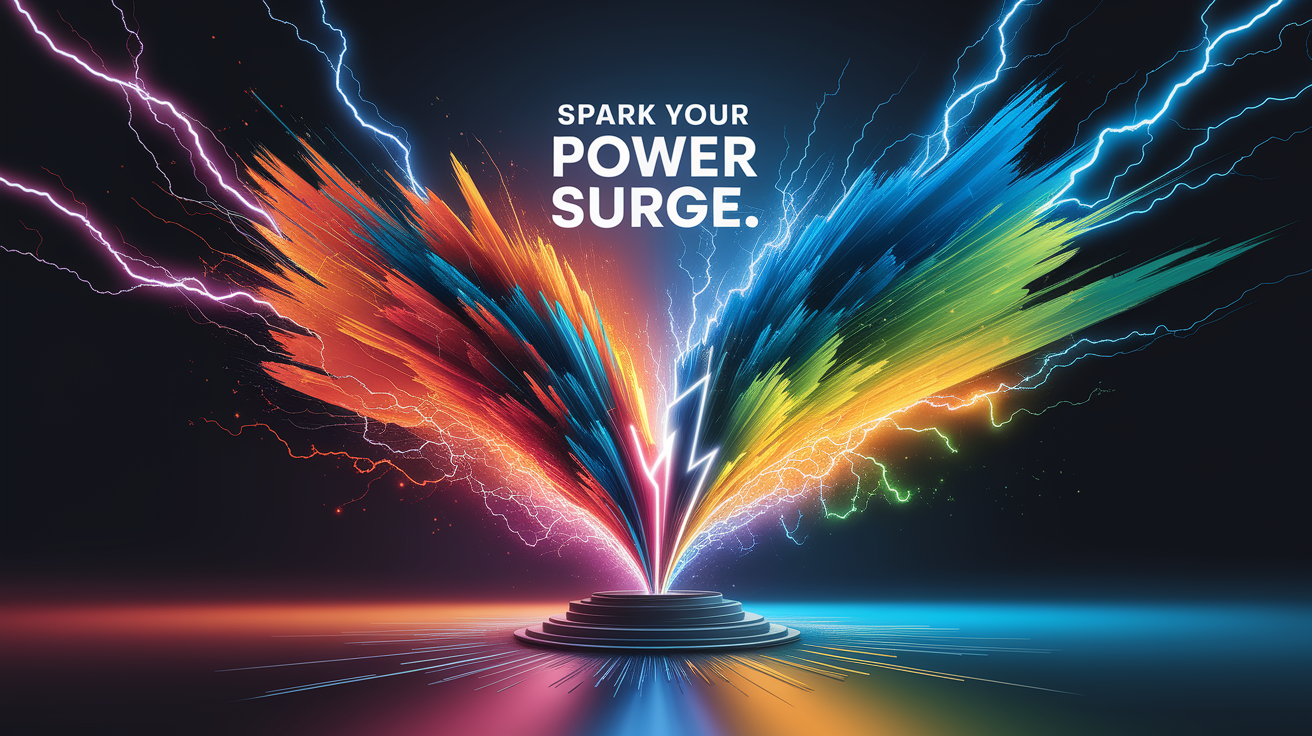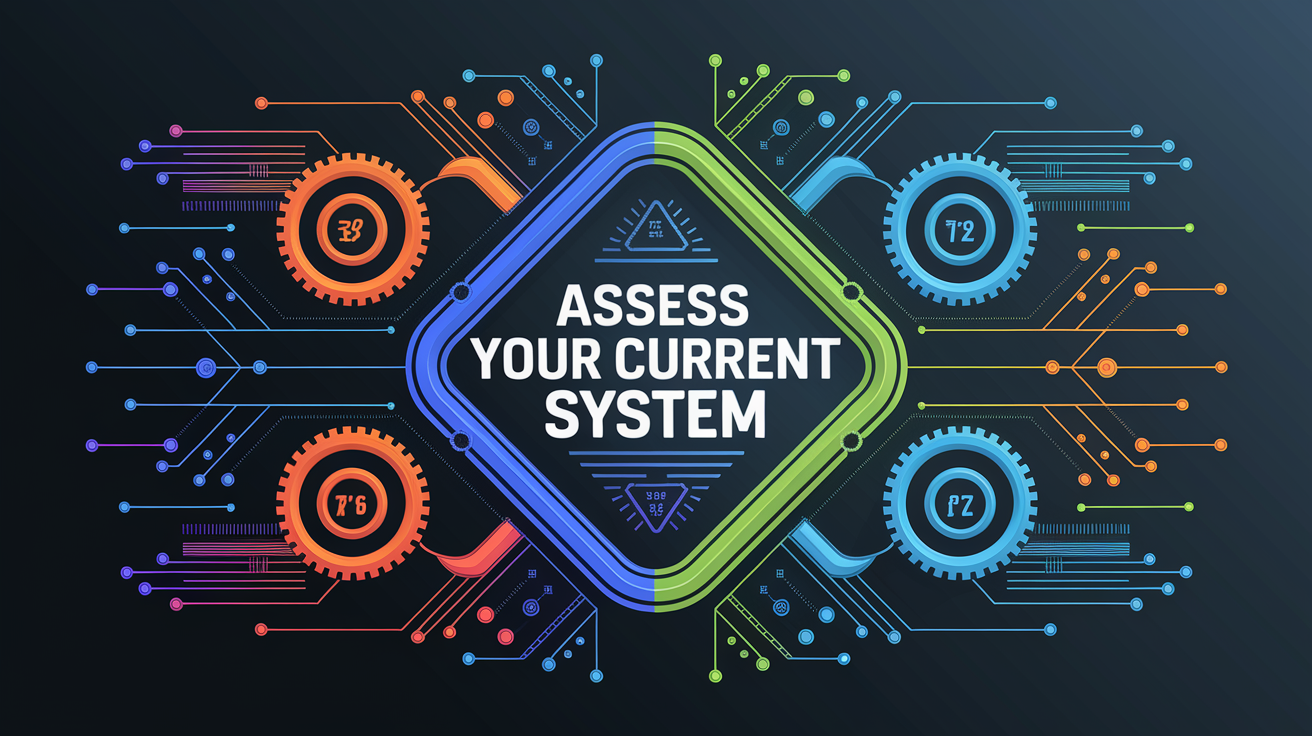Maximizing Your Power: A Practical Battery Bank Expansion Guide
Spark Your Power Surge
When your power needs outgrow your current energy storage, expanding your battery bank can unlock more runtime, efficiency, and energy independence. Whether you’re powering an off-grid solar system, a mobile application like an RV or boat, or a critical backup system, the right expansion strategy turns limited capacity into robust, future-ready storage.

Modern expansion approaches let you store surplus renewable energy, reduce generator reliance, and ensure uninterrupted service for sensitive equipment. By following targeted steps and proven best practices, you can confidently increase your system’s capabilities without compromising safety or performance.
Assess Your Current System
Before adding batteries, evaluate your existing setup thoroughly. Accurate assessment prevents costly mismatches and ensures optimized results.

- Electrical load calculation: List all devices, their wattages, and daily usage patterns. Calculate daily amp-hour (Ah) requirements.
- Peak vs. average demand: Differentiate between your highest instantaneous usage needs and your average draw.
- Planned autonomy: For solar or off-grid applications, factor in the days you want to remain operational without charging (e.g., cloudy days).
Tools like the battery bank size calculator can help define your precise energy needs and design for optimal cost and space utilization.
Choose Compatible Batteries
Mixing incompatible batteries shortens lifespan and affects performance. Match chemistry, voltage, and capacity ratings precisely:

- Chemistry: Align with your existing system—whether lead acid batteries for cost-effectiveness or lithium batteries for higher efficiency and longer cycle life.
- Voltage compatibility: Ensure that your batteries match system voltage to prevent damage to inverters, charge controllers, and other components.
- Capacity matching: Add batteries with identical amp-hour capacity to maintain system balance.
When expanding, it’s prudent to review supporting components—upgrading cabling, fuses, or even the inverter and charge controller—to manage the increased energy throughput efficiently.
Plan Your Wiring Configuration
Choosing the right wiring method determines the outcome of your expansion in terms of voltage, capacity, and overall efficiency.

- Series connection: Increases voltage by summing the battery voltages while capacity (Ah) remains the same. Useful when your system or inverter requires higher input voltage.
- Parallel connection: Keeps voltage constant but adds capacities together for longer runtime—ideal for extending usage hours while maintaining existing voltage level.
- Series-parallel configuration: Combines both methods to achieve the required voltage and capacity simultaneously.
Visit this battery bank wiring tutorial for diagrams and examples that clarify how each configuration impacts your system’s performance.
Installation Best Practices
Proper installation protects both your investment and safety:
- Use equal-length cables to keep resistance balanced across all batteries.
- Install inline fuses or circuit breakers to prevent short circuits.
- Provide adequate ventilation for lead-acid setups to disperse gases safely.
- Secure batteries to prevent movement in mobile or seismic environments.
- Follow torque specifications for all terminals to ensure reliable electrical contact.
For lithium systems, integrate a robust battery management system (BMS) to monitor cell health, prevent overcharging, and ensure safe operation.
Monitor and Maintain Your Expanded Bank
A larger battery bank demands consistent oversight to maintain peak performance and extend lifespan:
- Battery monitoring system: Track charge/discharge cycles, voltage, temperature, and state of charge in real-time.
- Regular inspections: Check for corrosion, loose connections, and physical damage.
- Balancing and equalization: For lead-acid systems, periodically equalize charge levels to avoid capacity loss. Lithium systems rely on BMS for this function.
- Environmental control: Keep batteries within recommended temperature ranges to prevent capacity degradation.
Consistent upkeep translates into better reliability and minimized unplanned downtime—a vital factor for critical backup power systems.
Charge Forward with Confidence
Expanding your battery bank is more than a capacity boost—it’s a strategic enhancement of your energy independence, system resilience, and sustainability. With careful planning, compatible components, and strict adherence to best-practice installation methods, your upgraded system can reliably power your goals for years to come.
The key takeaway is straightforward: know your energy needs, match your technology, respect configuration principles, and maintain diligently. By doing so, you’ll maximize returns on your investment while advancing toward a more sustainable and self-sufficient energy future.







